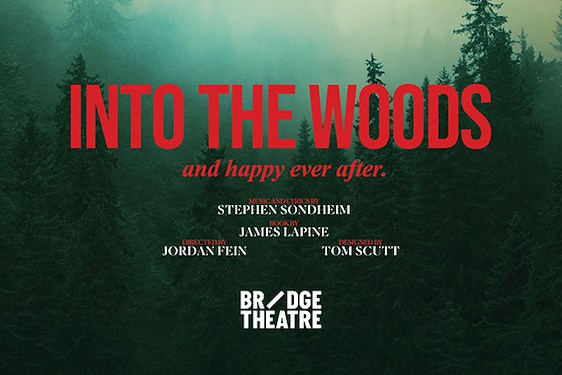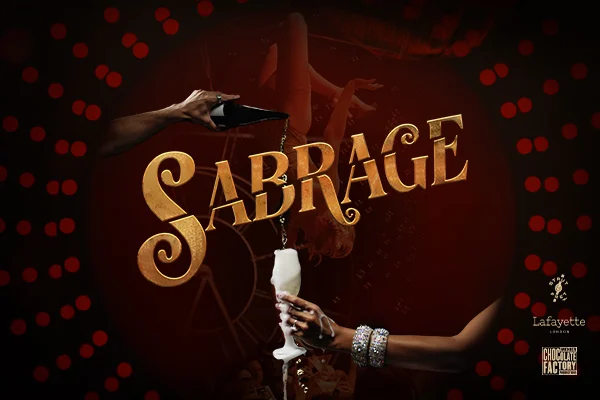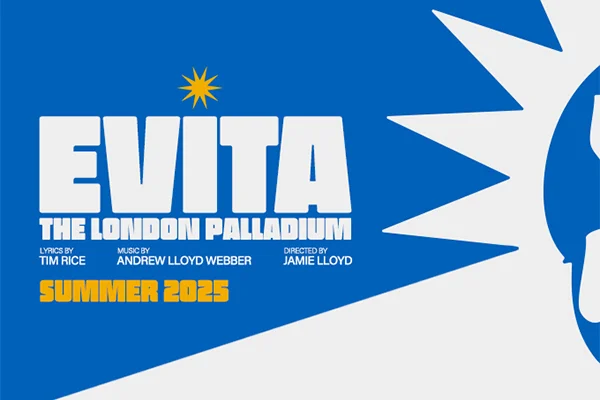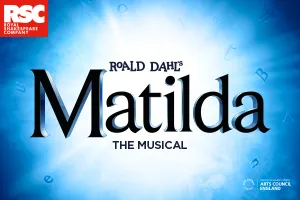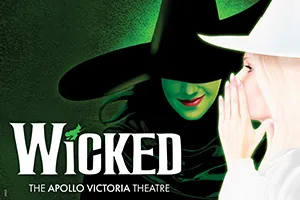Pillow Talk is a play from Paperfeet Theatre Company, who advertise themselves as a physical theatre company. The show revolves around storytelling through movement, but it’s generally very basic choreography that doesn’t measure up within this competitive and expanding genre.
Sometimes there’s a skilful lift, sometimes there’s intelligent repetition, and so it’s sometimes entertaining.
‘If your bed could talk, what stories would it tell?’ is the shows compelling tagline. Paperfeet offer every story possible, going into very little depth and thereby lacking focus. There is a linear line through the story telling, from the monsters under your bed when you’re little to sharing a bed with your partner. We are propelled through each scene with slick transitions from the cast, despite the tiny space forcing them to be forever opening and closing the door and blips from the music.
The cast multi-role as they progressively ‘age’ meaning that audience members cannot establish any emotional attachment with any of the characters. The acting isn’t up to standard either; what’s heightened physically isn’t translated vocally, nor convincingly. Lois Holloway and Nathan Cansell play children better than grown ups and vice versa for Lucinda Howard. Mikey Kennedy and Kerri McGimpsey get the most laughs and are the most flexible performers in the company as they act through their voices, bodies and especially faces with aplomb. Performer Joe Carter also directs this piece, and unsurprisingly his performance is as crude as the form.
There is a lot of address towards the audience that turns the show into a poor pantomime, as if desperate for laughs. This element of the direction is poorly thought out, for when the characters wish to retire behind the fourth wall. Adam James Fenmore’s set is dexterous, and intelligently used as characters enter and exit from under and in and behind the bed. Yet it poses a health and safety risk to the actors who occasionally stumble working with it. There’s an influence of clowning in Paperfeet’s work that you can’t distinguish as accidental or intentional.
The movement tells familiar stories with familiar movements, but they don’t invent a new language with their bodies. Sometimes there’s a skilful lift, sometimes there’s intelligent repetition, and so it’s sometimes entertaining. Everything is a little bit safe, and that just about sums up Pillow Talk.







